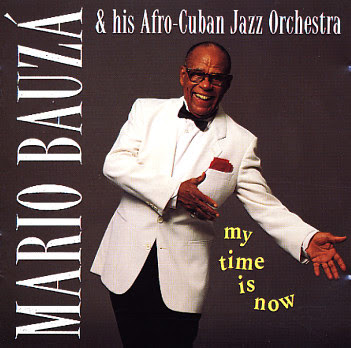“Censorship reflects a society's lack of confidence in itself. It is a hallmark of an authoritarian regime.” Potter Stewart, Associate Justice of the United States Supreme Court
"Where they have burned books, they will end in burning human beings."
Heinrich Heine (1821)
This is the third installment of musicians censored and placed on a black list by the dictatorial government of Cuba. Imagine for a moment that one of the top selling artists known the world over is unknown in her homeland because of government censorship. That is precisely what has happened with Cuban born Gloria Estefan. Then you have Porno para Ricardo and Los Aldeanos a punk rock group and a rap group that have had members of their respective groups detained by the police, and in the case of Porno saw the lead singer locked up for years because of controversial lyrics. This is Cuba in 2010 under the Castro brothers and a totalitarian dictatorship.
Gloria Estefan (born Gloria María Fajardo García; September 1, 1957 in

Porno Para Ricardo
Porno Para Ricardo is probably the most censored band in Cuba. They belong to the few who dare to speak out against the system. “Everybody says to me and all the other bands say to me: ‘It’s great what you are doing. It is fantastic.’ But no one invites me or the band to come and play. Not anymore”, says the band's lead singer Gorki Águila. Ciro Díaz is the main composer, lead guitarist and current leader of the band Porno para Ricardo, who is also the leader of the alternative rock band La Babosa Azul (lababosaazul.cubaunderground.com) Ciro Díaz is keeping the band alive, performing flash concerts in Havana. The other members of the band are Hebert Domínguez (bassist) Renay Kairus (drummer)

Los Aldeanos
Underground Rap Cubano group based in Havana, Cuba. Dubbed as "underground rappers", Los Aldeanos became a group in 2003, composed of El Aldeano and El B, both of whom are MC's. Los Aldeanos describe themselves as not being the pioneer of Rap Cubano, but credit themselves with producing "real" Rap Cubano, giving to the followers of "real" Rap Cubano and "real" Hip Hop lyrics that not only instill a sense of understanding of the social, political, and economical problems that aggravate Cuban society today, but also with a sense of urgency.
The lyrics of Los Aldeanos are largely anti-status quo and as a result express sentiments that are critical of the government of Cuba. Such an example can be found in their song "Libertad de Expresion". Bian Oscar Rodríguez Gala (El B) and Aldo Roberto Rodríguez Baquero (El Aldeano) held their first public performance at 5 Palmas in La Lisa on February 27, 2003 – there weren’t more than five people present. Later that same year they performed at Park Almendares inaugurating their rap duo as “Los Aldeanos.”



















